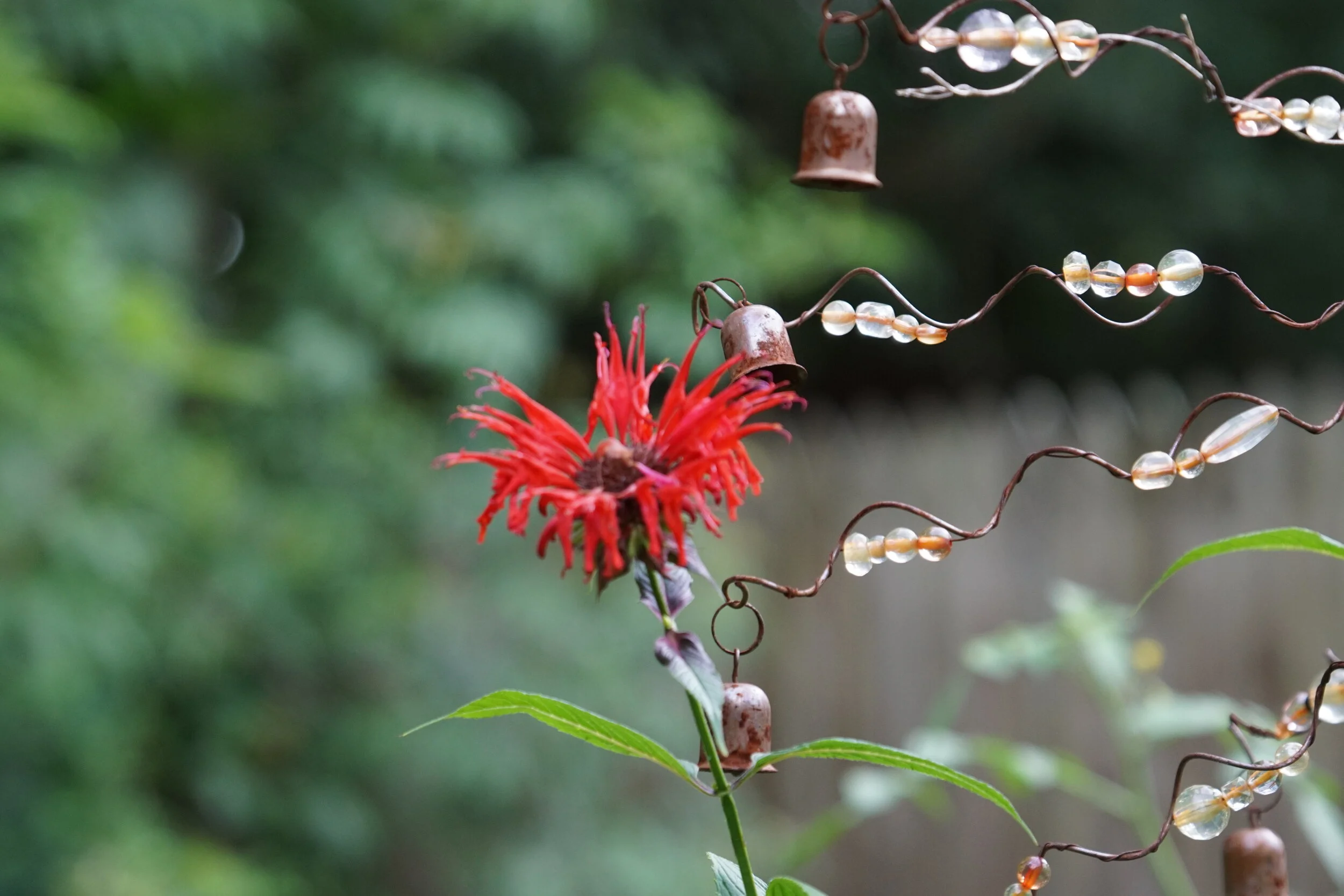Identifying copperheads
What do they look like? At maturity they are around three feet in length. According to Grover Barfield, Director of Carolinas Reptile Rescue and Education Center, baby copperheads can be a grayer shade of brown color when born and juveniles have a pale yellow to bright yellow to lime green tail, which they wiggle to attract prey. The tail stays that color for around a year. Copperheads usually have a Hershey kiss, or hourglass, pattern from the neck to near the end of the tail. Like many animals there can be a variation in coloring and patterns. The head is somewhat triangular and the eyes usually have a vertical pupil, but in low light conditions at night they can be more round. You probably don't want to get close enough to see that, but it's easy to see with binoculars. By the way, Barfield says that a Google search of copperhead photos does not provide reliable information for our area. Instead he recommends the Peterson’s Field Guide discussed above.
Copperheads are in the pit viper family, with a heat-sensing pit located between and slightly lower than the eyes and the nostrils. This helps them locate warm-blooded animals as they are hunting for food. They will eat mice, insects, frogs and small birds. One of their favorite insects are emerging cicadas, they can and will climb trees and shrubs to capture and eat them.
Don't want copperheads in your yard? Eliminate potential habitat, like wood piles and other places to hide, and keep the grass cut short so that you can see them. Be extra careful when you start moving pieces of wood around. Copperheads, and lots of other snakes, will vibrate their tail against an object as a warning. They also release a musk that Barfield describes as smelling something like a male cat sprays to mark his turf. Some resources describe it as a cucumber smell.
It's not unusual to see these snakes basking on rocks or pavement, absorbing the warmth. They can be seeing during the day or at night. According to Barfield, their habitat is "being destroyed at an exponential rate," so it's no wonder that we see them.
According to Greg Stringer, a NC Damage Control agent and local volunteer who relocates snakes, avoid using glue traps and netting. All kinds of animals are trapped in those materials. Also, moth balls and Snake Away aren't effective in deterring snakes from coming onto your property.
Now for some really useful information. How can you avoid being bitten?
First, if you see a copperhead, leave it alone. They do not chase people, as I've heard more than once. More people are bitten trying to kill or move the snake. so simply walk away. Cornering a snake is never a good idea, as you leave it few options.
Wear gloves when you're gardening and avoid reaching into or under something when you can't see what's there. Leaf litter provides good camouflage for copperheads, making it very difficult to see them.
Next, don't walk around in your yard barefoot after dusk. Remember those heat-sensors we talked about earlier? The snake doesn't differentiate between your foot and a mouse. It senses heat and strikes. So put your shoes on and use a flashlight!




















